Breeder Signals, A Practical Guide to Optimal Management of Broiler Breeders
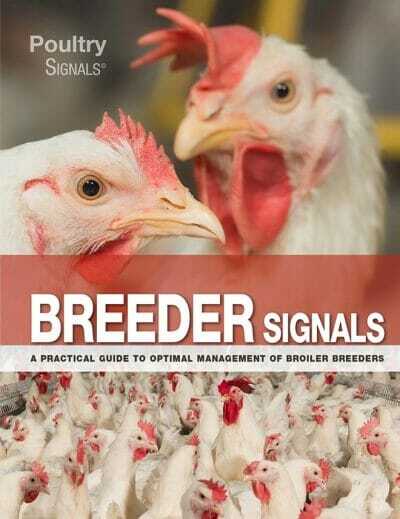
By Rick van Emous, Jolanda Holleman and Ton van Schie
Breeder Signals, A Practical Guide to Optimal Management of Broiler Breeders PDF. Poultry meat is the most important animal protein source in the human diet. As a consequence, global production of broiler meat is rapidly growing to over 125 million tons in 2020. A relatively small number of broiler breeders has a major impact on the whole poultry meat chain. The continuing increase in the genetic potential of broilers makes the production of first class chicks increasingly challenging. State of the art management is crucial for a successful flock. Differences in results up to 10 day-old chicks per hen housed are not rare, costing tens of thousands of euros.
Breeder Signals contains practical information about broiler breeders to ensure a maximum production of first grade hatching eggs. With practical tools and modern insights to optimise sexual behaviour, fertility, egg production, and hatchability, based on the look-think-act approach. Feathering provides you signals about the quality of your flock. Too nice? Then they are hardly mating. Too little? These hens will not mate since it will be painful. The book follows the day-old-chick arriving at the rearing house towards the laying period up to egg transport to the hatchery.
This Book is Available For Premium Members Only

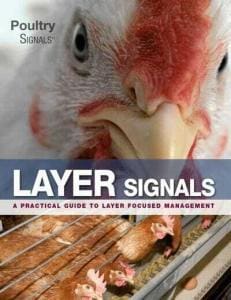
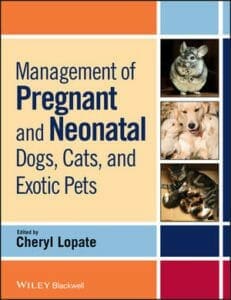
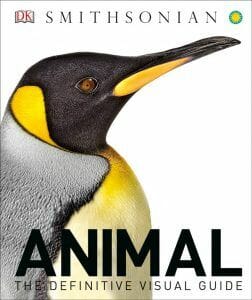



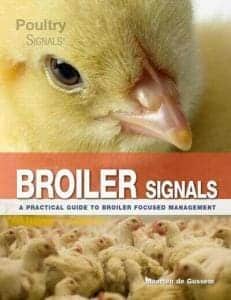





![Ettinger’s Textbook of Veterinary Internal Medicine 9th Edition [PDF+Videos] Ettinger’s Textbook of Veterinary Internal Medicine 9th Edition [True PDF+Videos]](https://www.vet-ebooks.com/wp-content/uploads/2024/10/ettingers-textbook-of-veterinary-internal-medicine-9th-edition-100x70.jpg)

![Textbook of Veterinary Diagnostic Radiology 8th Edition [PDF+Videos+Quizzes] Thrall’s Textbook of Veterinary Diagnostic Radiology, 8th edition PDF](https://www.vet-ebooks.com/wp-content/uploads/2019/09/textbook-of-veterinary-diagnostic-radiology-8th-edition-100x70.jpg)





